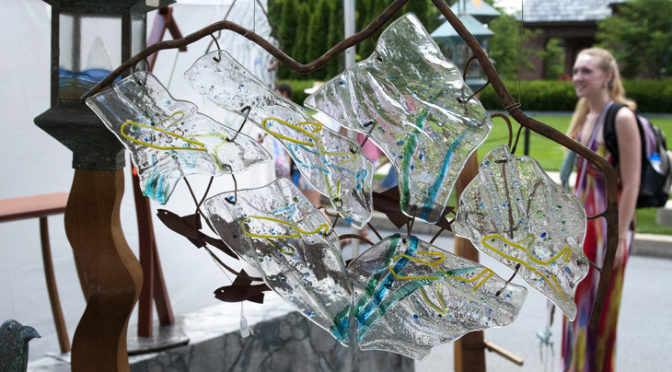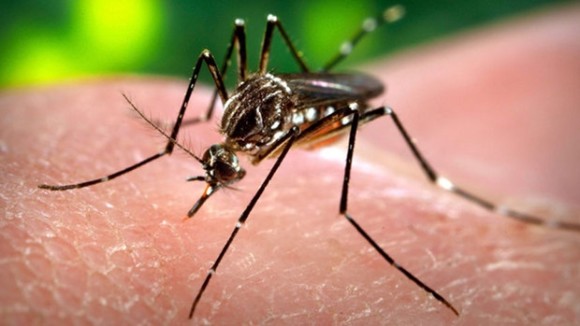The fields of arts and sciences will connect on the streets of State College and Penn State’s University Park campus this week to help visitors get the best of the Central Pennsylvania Festival of the Arts.
The College of IST’s Center for Human-Computer Interaction is again working with the Arts Festival to develop a mobile application. Over the years, each version of the app retained its core features, such as a schedule and program of events, location data, and profiles of the visiting artists and performers. The researchers have experimented with various types of social features and interactions in previous versions. In 2014, for example, the app was used to play a “selfie” game among attendees, and last year’s app included a set of profile-style interest categories and a series of social media inspired interactions, such as the ability to create custom events for the festival program.
Continue reading Apps and art: New version of app ready for festival




